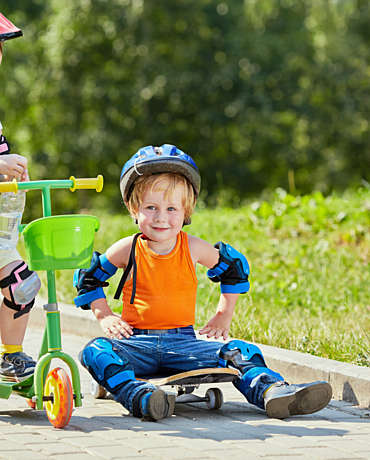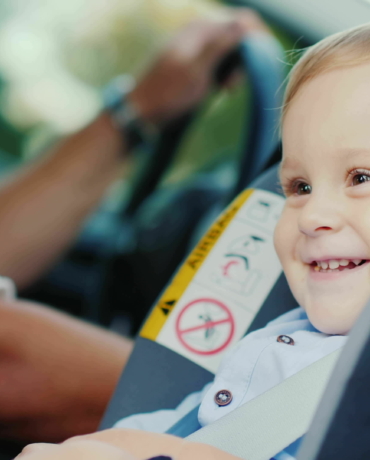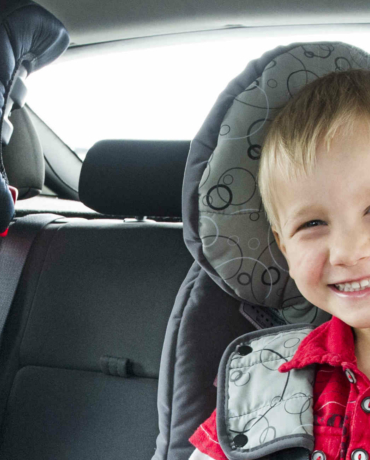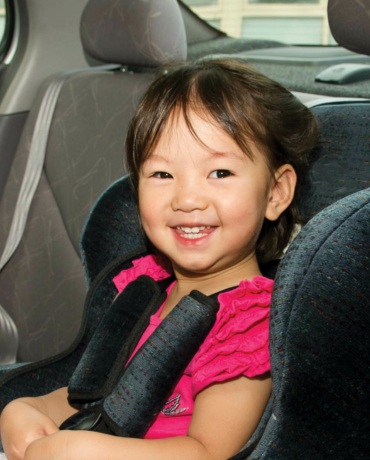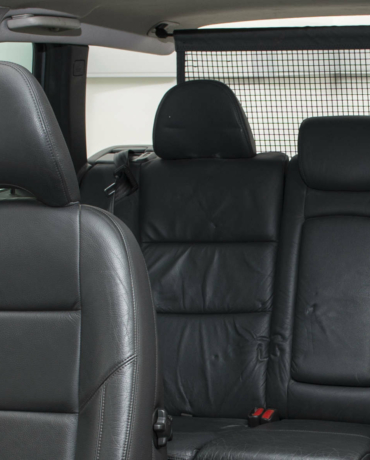Child injury
The most common causes of child injuries are road accidents and falls. Our research covers both areas, in particular looking at how to improve the design of child car restraints to reduce serious injuries and death.
The most common causes of child injuries are road accidents and falls. Our research covers both areas, in particular looking at how to improve the design of child car restraints to reduce serious injuries and death.
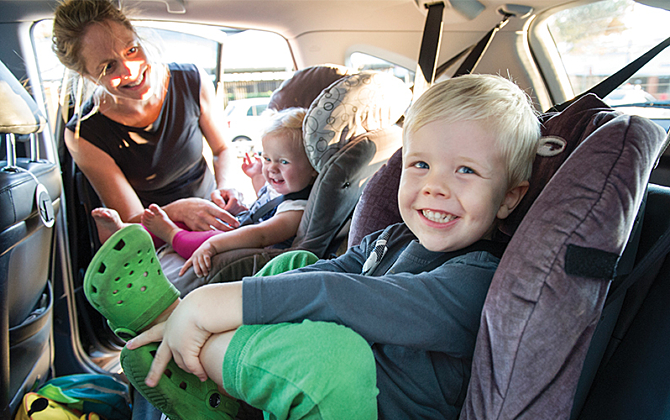
In Australia, about 50 percent of injuries are due to road accidents occurring with children in cars. Over the last decade NeuRA has been studying how these injuries occur, and what we can do to reduce serious injuries and death. In this area, the focus of our research is on child restraints.
In terms of off-road vehicles, childhood deaths and injuries are steadily increasing in Australia. Most children admitted to hospital following an off-road incident with a powered vehicle, have been using a motorcycle. Children ride motorcycles for recreation, organised sport and assisting with farm activities on rural properties. There have been relatively few detailed studies on the causes of injury among children using motorcycles but existing data often suggests some form of loss of control.
Falls are also a common cause of childhood hospitalisation. Children under one year of age have limited mobility and are likely to fall for different reasons than older children. Preventing these injuries may therefore require a different approach than for older children. Furthermore, with the increase in growth of indoor trampoline centres, there has also been an increase in the number of children attending hospital following injury at these centres. For that reason, our childhood injury area has placed some focus on such trampoline injuries.
In each area of research of child safety, NeuRA is looking at the safety issues from a range of angles to provide the most comprehensive basis to develop solutions.
NeuRA aims to reduce child injury in car crashes by studying why injuries occur and the factors influencing injury outcome. Most of this work is being carried out at the Transurban Road Safety Centre, Australia’s first research-dedicated crash test lab. Built in partnership with Transurban, the lab combines world-class research with state-of-the-art facilities and equipment to provide a source of ongoing innovation in road safety.
The facility features a crash sled, capable of reaching speeds up to 64 km/h. It gives NeuRA’s researchers the opportunity to study a number of growing trends on Australian roads. These includes aged drivers and passenger’s safety, motorcyclist’s safety, motorcycle design, rear seat occupancy and restraint systems. The facility also enables our researchers to collect important data that reflects the severity of road crashes.
We are currently studying how the design of restraints influences whether children use restraints properly and how restraint labelling could be improved to make it easier for parents to use them correctly. In terms of the types of injuries, NeuRA’s research is focused on how the brain, spinal cord and soft organs and muscles respond to the forces during a car accident. We use magnetic resonance imaging (MRI) to measure the stiffness of these tissues to understand the specific injuries seen in children after car crashes.
In terms of off-road vehicles, NeuRA has been investigating both children who are admitted to hospital due to motorcycle crashes and those who regularly ride motorcycles but have not been in crashes . We have also begun a program of study to examine the relationship between child development and riding.
In the area of falls, NeuRA has studied how children under one fall and the types of injuries they receive by reviewing the circumstances of more than 900 hospital presentations. Using that information, we are now developing an intervention to reduce the risk of injury.
Finally, we have also reviewed the circumstances surrounding injury occurring to children in in-door trampoline centres. We are now working with one of the largest indoor trampoline park companies to collect more detailed information about ways to further reduce risk of injury.
We have partnered with the European Child safety Alliance, the Sydney Children’s Hospitals Network and Kidsafe NSW to update research done on injury prevention in Europe and Canada.
NeuRA’s research has shown that if a child correctly uses the most appropriate restraint for their size, their risk of serious injury in a car crash is greatly reduced. That research was a major factor in the new national child restraint laws introduced in 2009–10. It also led to major changes in the mandatory child restraint standard that covers all child restraints sold in Australia. NeuRA also led the development of the National Child Restraint Guidelines that were approved by the National Health and Medical Research Council.
Our research was also the basis for a new mandatory type of shoulder height label on all child safety seats, which makes choosing the right sized restraint easier for parents.
NeuRA’s research into accessory child safety harnesses has shown that they do not offer any benefits to above the lap-shoulder belt systems. In fact, they put the child at a greater risk of slipping out under the belt in a crash. We found that this type of harness should only be used if the child is sitting in a position in the car where there is a lap-only belt rather than a lap-shoulder belt. We do not advise parents to use this type of harness with a booster unless the booster has a clip to stop the child from slipping out under the belt.
In our off-road vehicles research area, we have confirmed that loss of control is the key factor leading to crashes. Our ongoing analysis aims to distinguish the rider, vehicle and environmental factors involved in these loss of control events. Preliminary results suggest inexperience and surface conditions may play a role. We also hope to gain insight into which young riders use protective equipment and what type of equipment is commonly used.
In terms of falls, our research has shown that for children under the age of one, the most common cause of injury is being dropped by an adult or falling from furniture, bedding and purpose built baby equipment. The child’s home is the most common place where these injuries occur, so domestic intervention is needed.
Most trampoline park injuries occur on the trampoline surface itself, unlike on domestic trampolines where the majority of injuries occur from falling off. Multiple children jumping at the same time or attempting tricks beyond their ability are common factors in injury. There also appears to be some environmental risk factors such as falls onto other objects within the parks. These differences require new approaches to injury prevention that engage children, their carers and business operators. Our work has been instrumental in the establishment of a new Australian Standard governing the construction, environment and operation of indoor trampoline parks in Australia.
In terms of child injury prevention overall, we have also developed the first Australian good practice guide. It has an overview of the available evidence as well as instructional case studies. The guide is an invaluable resource for child safety practitioners and advocates throughout Australia.
Every dollar of community support enables our scientists to continue making life-changing discoveries that contribute to a brighter and healthier future.
Run, swim or bake your way to making a positive difference in the lives of people touched by brain and nervous system disorders.
Stay informed about our latest research breakthroughs, scientific discoveries and the incredible minds behind them – subscribe today.
Neuroscience Research Australia respectfully acknowledges the Bidjigal and Gadigal peoples of the Eora Nation as the Traditional Owners of the Land on which we stand and pay our respects to Elders past and present.
Redevelopment of the NeuRA website has been made possible by the generous support of Conexus Financial.


